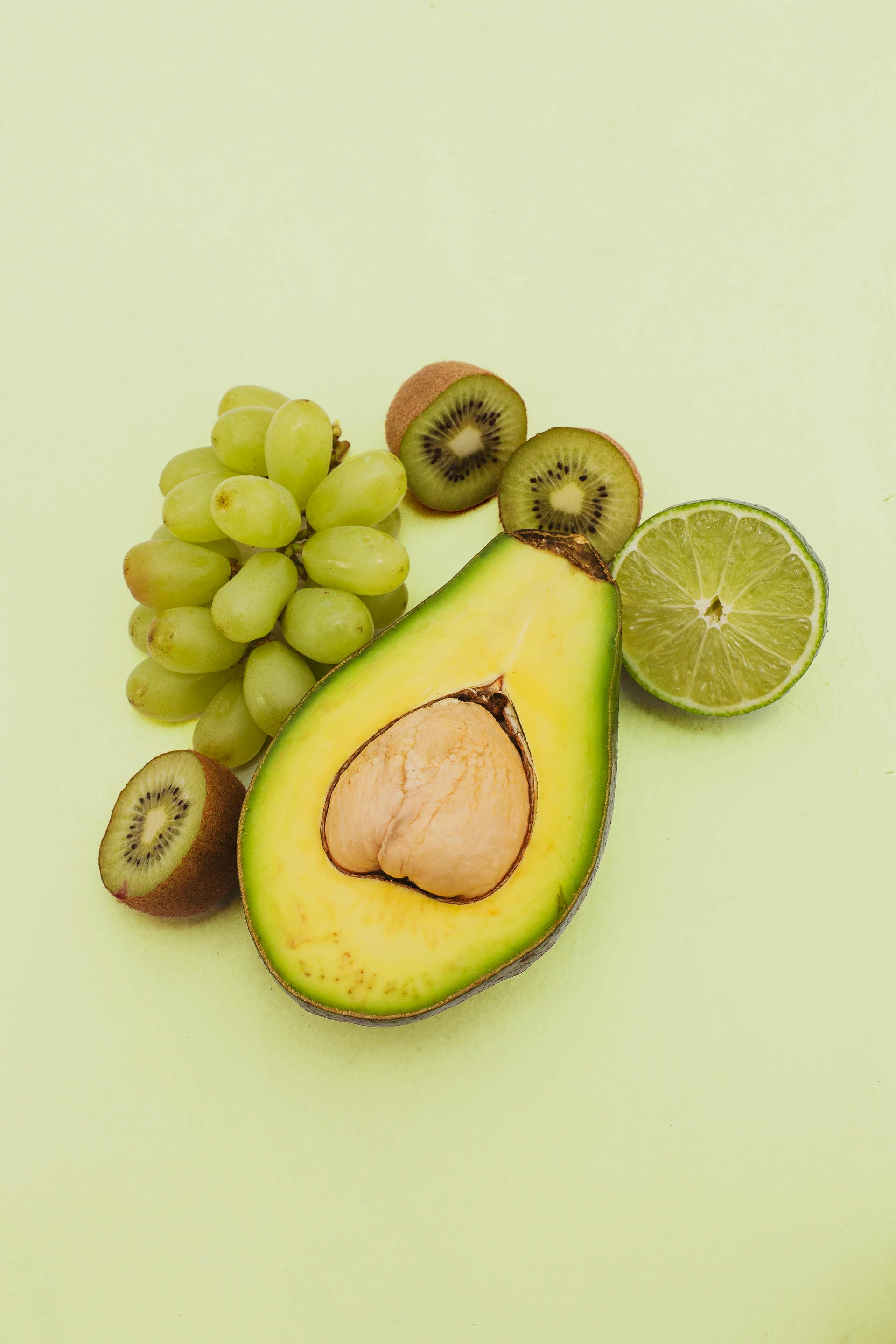
Effective Ways to Optimize Your Lizard Diet in 2025
Understanding the dietary needs of lizards is essential for any reptile owner. In 2025, optimizing your lizard’s diet involves more than just knowing what they eat; it requires a deep dive into their nutritional needs, habitat specifics, and feeding habits. Different lizard species have varying dietary requirements, which makes it crucial to tailor their diets based on whether they are insectivorous, herbivorous, or omnivorous.
In this article, we’ll cover various aspects of lizard diets, including appropriate food options, feeding schedules, and the importance of dietary diversity. We will also highlight common mistakes to avoid when feeding your pet lizards along with the benefits of gut-loading insects and utilizing supplements for optimal lizard health.
By the end of this article, you’ll have a comprehensive understanding of lizard dietary needs to ensure your reptiles thrive in their environment.
Key takeaways include:
- Understanding the diversity in lizard diets
- Knowing the best food options for your lizard species
- Implementing feeding schedules for health and well-being
Understanding Lizard Feeding Habits
Building on the basics of lizard diets, understanding their feeding habits is pivotal for ensuring they receive proper nutrition. Lizards have evolved various feeding behaviors based on their habitat, available food sources, and physical capabilities. This section delves into their dietary classifications and preferences.
Types of Lizard Diets
Lizards can typically be categorized into three main dietary types: insectivorous, herbivorous, and omnivorous. Insectivorous lizards, such as the common anole, mainly consume insects and require a diet rich in protein. Herbivorous lizards, like iguanas, thrive on a diet primarily composed of vegetables and fruits. Meanwhile, omnivorous lizards, such as bearded dragons, benefit from a mix of both animal and plant foods, making their diet a bit more versatile.
Seasonal Feeding Patterns
Lizard feeding habits can also vary with the seasons. Many lizards tend to forage more during warmer months when food is plentiful, while during colder seasons, they may reduce their feeding frequency or enter brumation, a state similar to hibernation. Understanding these patterns can help lizard owners adjust their feeding schedules accordingly to align with the natural behaviors of their pets.
Feeding Preferences in Lizards
Each lizard species may have its own preferences when it comes to food. Factors such as age, reproductive status, and health can affect their appetite and food choices. For example, baby lizards may show a preference for smaller insects and softer fruits, whereas adult lizards might enjoy a wider variety of foods. Observing these preferences can greatly enhance your lizard’s diet satisfaction.
Choosing the Right Lizard Food Options
With a foundational understanding of lizard feeding habits, we can now explore how to choose the right food options suited for your lizard species. Offering a variety of food types enhances not only their nutritional intake but also their enjoyment during feeding times.
Insects as a Primary Protein Source
For insectivorous lizards, insects serve as a primary protein source. Such lizards thrive on a diet rich in insects, with options like crickets, mealworms, and waxworms providing essential proteins. Always ensure that insects are gut-loaded before feeding them to lizards — that is, fed a nutrient-rich diet themselves, enhancing their nutritional value for your pet.
Fruits and Vegetables for Herbivorous Lizards
Herbivorous lizards enjoy a variety of fruits and vegetables. Leafy greens, carrrots, and fruits like papaya and mango can be great additions to their diets. It's crucial to avoid lettuce, as it contains little nutritional value, and focus on options that are high in vitamins and minerals to support overall health.
Ensuring Dietary Diversity
Diversity in lizard diets is essential to meet their nutritional requirements. Incorporating various food options — from insects to fruits and vegetables — not only provides necessary nutrients but also engages their natural foraging behavior. Consider utilizing commercial lizard food items but always read their labels to ensure they meet your lizard’s specific dietary needs.
Implementing a Lizard Feeding Schedule
Taking this concept further, let's discuss how to establish a regular feeding schedule that matches your lizard’s needs and encourages good health. A well-planned feeding routine can help prevent obesity, malnutrition, and various health issues.
Frequency of Feeding
Feeding frequency can depend largely on the age and species of your lizard. Baby lizards generally require more frequent feedings — usually 2-3 times a day — while adult lizards tend to be fed less frequently, often 2-4 times a week. Monitoring your lizard’s body condition and adjusting the feeding intervals are important steps in ensuring proper weight management.
Best Times to Feed
Timing can significantly impact your lizard’s appetite. Many lizards are diurnal, meaning they are most active during the day; therefore, feeding them in the morning or during daylight hours is typically most effective. However, nocturnal lizard species should be fed in the evening when they are most active.
Monitoring Feeding Behavior
Observe your lizard’s feeding behavior closely. Is it engaging with the food? Are they eating at a healthy pace? Understanding your lizard’s appetite and foraging habits can help you make timely adjustments — whether slowing down feeding schedules or exploring new food options to enhance their diet.

Common Mistakes in Lizard Diets
Now that we've explored optimal feeding practices, it is crucial to address common mistakes pet owners make when feeding their reptiles. Awareness of these pitfalls can lead to better dietary management and lizard health.
Avoiding Over-Reliance on Commercial Foods
Many lizard owners might rely heavily on commercial lizard food, which often lacks the full spectrum of nutrients required for a balanced diet. It's vital to supplement these food options with fresh fruits, vegetables, and live insects to ensure a well-rounded nutrition profile. Always check the nutritional labels of commercial products to avoid deficiencies.
Neglecting Hydration Needs
Water is essential for all lizards, yet many owners overlook this critical dietary component. Providing fresh, clean water daily is necessary to maintain hydration, especially in warmer environments. Additionally, misting their habitats can provide hydration through environmental humidity, encouraging a healthier skin condition and aiding in digestion.
Understanding Dietary Restrictions
Each lizard species may have specific dietary restrictions based on its native habitat and dietary adaptation. New owners sometimes feed inappropriate foods, leading to serious health issues. Consulting a veterinarian or a reptile nutritionist can provide tailored advice and help clarify any uncertainties regarding suitable diets for specific lizard types.

Final Thoughts on Lizard Nutrition Essentials
In conclusion, optimizing your lizard's diet in 2025 involves a balanced understanding of their feeding habits, appropriate food selection, and the importance of hydration. By implementing a well-structured feeding schedule, ensuring dietary diversity, and avoiding common mistakes, you can significantly enhance your lizard’s overall health and well-being.
As you're feeding your lizard, make adjustments based on their preferences and ensure you are meeting their unique nutritional needs, and remember to introduce any dietary changes gradually. Engaging with a reptile nutrition specialist can also elevate your knowledge and care practices, helping your lizard thrive.
To summarize, focus on the following aspects:
- Provide a varied diet based on lizard dietary types.
- Monitor feeding behaviors and adjust schedules accordingly.
- Incorporate both commercial and fresh foods into dietary plans.